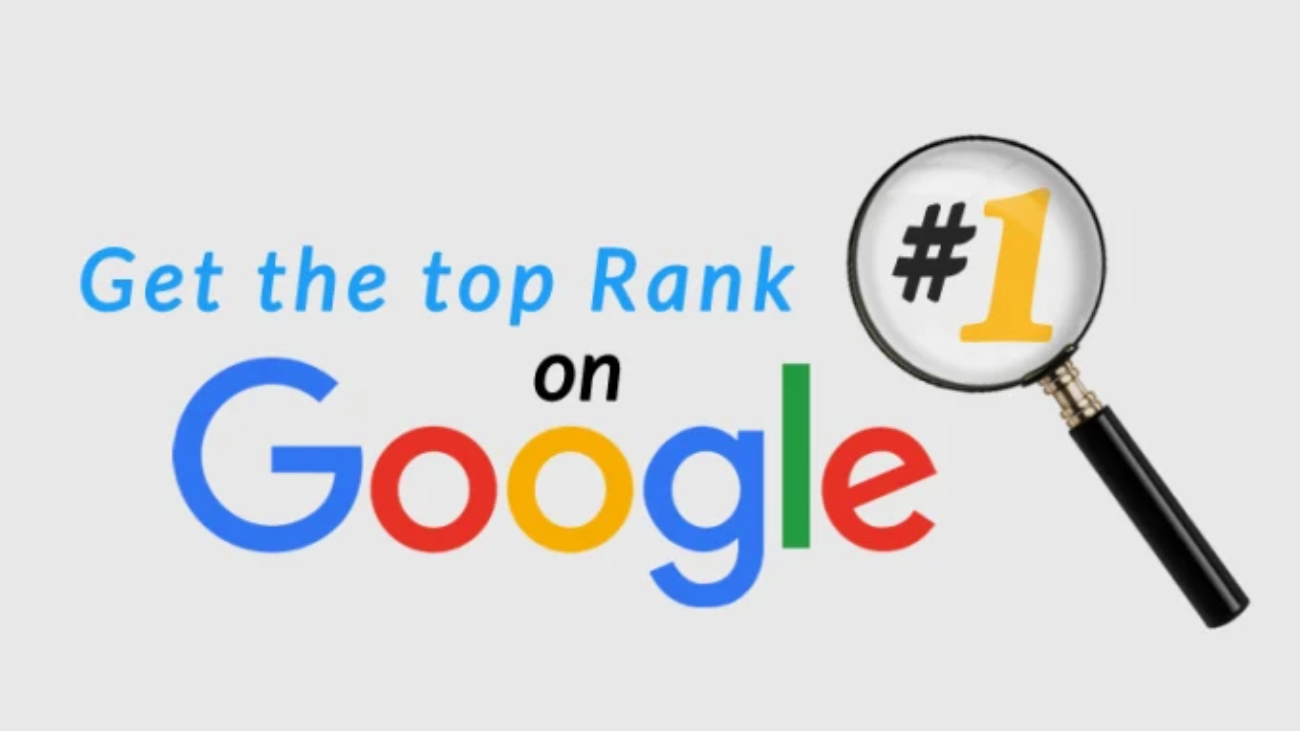SEO Champions Trophy
In the ever-evolving world of digital marketing, staying ahead in search engine optimization (SEO) is paramount. Enter the SEO Champions Trophy, a groundbreaking global competition designed to identify and celebrate the best SEO professionals and learners worldwide. This event offers participants a platform to demonstrate their expertise, improve domain rankings, and gain industry-wide recognition.
Table of Contents
- Introduction to the SEO Champions Trophy.
- Objectives and Vision.
- Competition Structure.
- Participation Criteria.
- Key Features and Benefits.
- Judging and Evaluation.
- Prizes and Recognition.
- Impact on the SEO Community.
- How to Register.
- Conclusion
Introduction to the SEO Champions Trophy <a name=”introduction”></a>
The SEO Champions Trophy is a premier global competition that brings together SEO enthusiasts, professionals, and agencies to compete in a dynamic environment. Participants engage in real-world SEO challenges, aiming to enhance website rankings and demonstrate their strategic prowess. The competition fosters a spirit of innovation, learning, and excellence in the SEO community.
Objectives and Vision <a name=”objectives”></a>
The primary objectives of the SEO Champions Trophy are:
-
Skill Enhancement: Encourage participants to refine their SEO strategies and techniques.
-
Knowledge Sharing: Promote the exchange of ideas and best practices among SEO professionals.
-
Recognition: Provide a platform for individuals and teams to gain industry recognition for their SEO expertise.
-
Innovation: Drive innovation in SEO methodologies through competitive challenges. Champions Trophy Case Competition. seochampionstrophy.com
The competition envisions creating a global community where SEO professionals can learn, compete, and grow together.
Competition Structure <a name=”structure”></a>
The SEO Champions Trophy is structured to test various facets of SEO, including:
Keyword Research and Strategy: Identifying high-impact keywords and developing effective strategies.
On-Page Optimization: Enhancing website content, meta tags, and user experience.
Technical SEO: Addressing site speed, mobile optimization, and crawlability.
Link Building: Developing quality backlinks to improve domain authority.
Content Marketing: Creating engaging and SEO-friendly content.
Participants are evaluated based on their ability to improve the search engine rankings of assigned websites within a specified timeframe.
Participation Criteria <a name=”participation”></a>
The competition is open to:Global Brands Magazine
-
Students: Aspiring SEO professionals seeking practical experience.
-
Freelancers: Independent SEO experts looking to showcase their skills.
-
Agencies: SEO firms aiming to demonstrate their team’s capabilities.
-
In-House Teams: Corporate SEO teams wanting to benchmark their strategies.
Participants can register individually or as part of a team. The competition encourages diversity and inclusivity, welcoming participants from all backgrounds and experience levels.
Key Features and Benefits <a name=”features”></a>
-
Real-World Challenges: Engage in practical SEO tasks that mirror industry scenarios.
-
Mentorship Opportunities: Access guidance from seasoned SEO professionals.
-
Networking: Connect with peers, industry leaders, and potential employers.
-
Learning Resources: Gain access to exclusive webinars, tutorials, and case studies.
-
Recognition: Earn certificates and accolades to enhance your professional profile.seochampionstrophy.com seochampionstrophy.com
Judging and Evaluation <a name=”judging”></a>
A panel of esteemed SEO experts evaluates participants based on:seochampionstrophy.com
-
Strategy Effectiveness: How well the SEO strategies improve website rankings.
-
Innovation: Creative approaches to solving SEO challenges.
-
Technical Proficiency: Understanding and application of technical SEO principles.
-
Content Quality: Relevance, engagement, and optimization of content.
-
Ethical Practices: Adherence to white-hat SEO techniques.
The evaluation process ensures fairness, transparency, and recognition of genuine talent.
Prizes and Recognition <a name=”prizes”></a>
Winners of the SEO Champions Trophy receive:
-
Trophy and Certificate: Symbolizing excellence in SEO.
-
Monetary Awards: Cash prizes for top performers.
-
Media Coverage: Features in industry publications and platforms.
-
Job Opportunities: Exposure to potential employers and clients.
-
Continued Learning: Scholarships for advanced SEO courses and certifications.
Impact on the SEO Community <a name=”impact”></a>
The SEO Champions Trophy has significantly impacted the SEO community by:
-
Setting Benchmarks: Establishing standards for SEO excellence.
-
Fostering Talent: Identifying and nurturing emerging SEO professionals.
-
Encouraging Collaboration: Promoting teamwork and knowledge sharing.
-
Driving Innovation: Inspiring new approaches and techniques in SEO.
The competition continues to elevate the global SEO landscape, encouraging continuous learning and improvement.
How to Register <a name=”registration”></a>
Interested participants can register through the official website: SEO Champions Trophy Registration. The registration process involves:seochampionstrophy.com+2seochampionstrophy.com+2seochampionstrophy.com+2
-
Filling Out the Application: Providing personal and professional details.
-
Selecting Participation Mode: Choosing individual or team entry.
-
Payment of Entry Fee: Submitting the required fee as per category.
-
Confirmation: Receiving confirmation and further instructions via email.
Early registration is recommended due to limited slots and high demand.
Advanced Strategies to Win the SEO Champions Trophy
To stand out in the SEO Champions Trophy, participants must go beyond the basics. The competition is not just about ranking a keyword; it’s about applying a full-spectrum SEO strategy that mirrors real-world client success.
Here are some advanced tactics used by past champions and top contenders:
1. Holistic Keyword Mapping
Rather than relying on isolated keyword rankings, top participants use keyword mapping to align target queries with specific page URLs. They create topic clusters and pillar content that serve both user intent and crawlability.
2. Technical SEO Audits
Champions run comprehensive audits using tools like Screaming Frog, Ahrefs, and Google Search Console. They correct broken links, improve Core Web Vitals, and ensure schema markup is implemented for rich results all evaluated in the SEO Champions Trophy technical challenges.
3. Strategic Link Building
Link building in the competition isn’t about volume but quality and relevance. Participants who win often use digital PR strategies, skyscraper content, and linkable assets like infographics or interactive tools to earn white-hat backlinks.
4. AI-Enhanced Content Creation
With the rise of AI in SEO, many competitors now use AI tools for content ideation, outline structuring, and entity optimization, all while maintaining originality and human tone ensuring alignment with Google’s E-E-A-T guidelines.
Highlights from Past Competitions
The SEO Champions Trophy has already seen several editions, each pushing the boundaries of SEO innovation.
Notable Success Stories:
-
A freelancer from India ranked a brand-new domain for “AI content marketing” in under 30 days using a niche authority approach.
-
A digital agency in Germany used a mix of local SEO and programmatic SEO to win the technical round.
-
A university team from Canada created an SEO campaign around sustainable living that not only ranked but also went viral on social media highlighting the synergy between SEO and digital storytelling.
These case studies are often featured in SEO publications and blogs, allowing future participants to learn from the best.
The Future of the SEO Champions Trophy
The SEO Champions Trophy isn’t just a one-time competition it’s becoming a movement in the digital marketing industry. Organizers have big plans to expand its scope in the coming years.
Upcoming Enhancements:
-
Regional Qualifiers: National and regional rounds to identify top talent locally.
-
Industry Partnerships: Collaborations with major SEO platforms like Moz, SEMrush, and Ahrefs for tool access and sponsorships.
-
Live Leaderboards: Real-time performance tracking during the competition to add excitement and transparency.
-
SEO Bootcamps: Free and paid preparatory workshops hosted by past winners and mentors.
With this evolution, the SEO Champions Trophy will continue to set global benchmarks in SEO excellence and empower professionals with real-world skills that translate into business success.
Why You Should Participate
Whether you’re a solo consultant, a marketing student, or part of an SEO agency, the SEO Champions Trophy offers unmatched benefits:
-
Global Exposure: Get your name and work in front of top recruiters and companies.
-
Learning Acceleration: Challenge yourself with real-time projects and improve faster than traditional training.
-
Portfolio Building: The competition’s output becomes a tangible, ranked project for your resume or pitch deck.
-
SEO Community Engagement: Become part of a growing network of SEO learners, professionals, mentors, and influencers from around the world.
This competition isn’t just for those looking to win it’s for anyone who wants to learn, grow, and make a mark in the SEO world.
Conclusion <a name=”conclusion”></a>
The SEO Champions Trophy stands as a beacon for SEO professionals and learners worldwide. By participating, individuals not only test and enhance their skills but also contribute to the broader SEO community. Whether you’re an aspiring SEO expert or a seasoned professional, this competition offers a unique opportunity to shine on a global stage.


